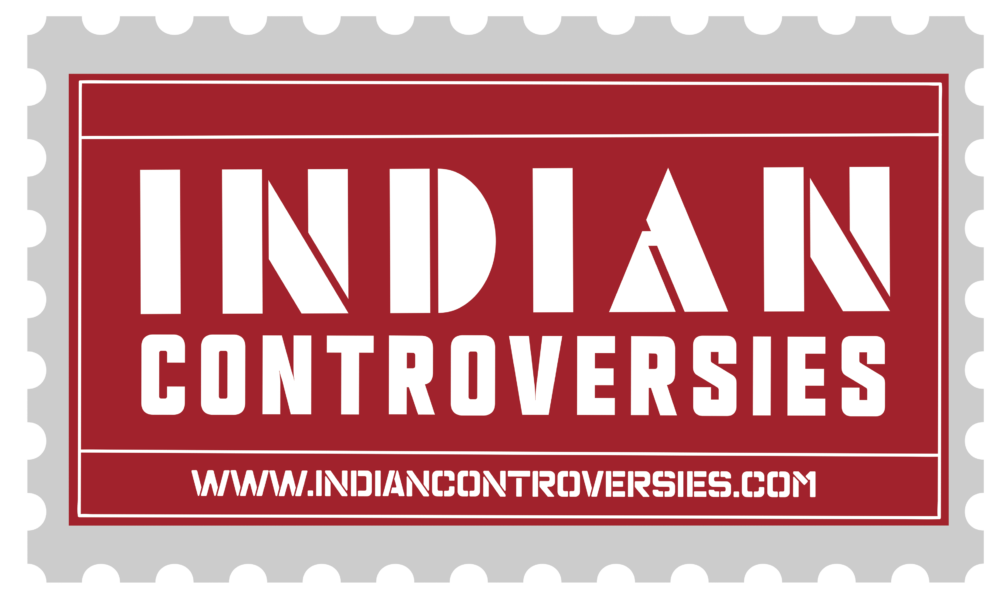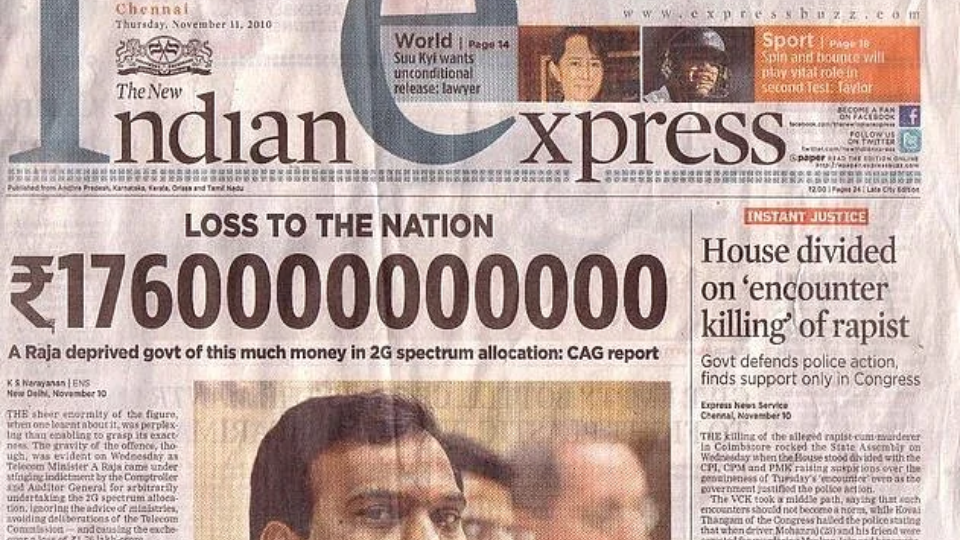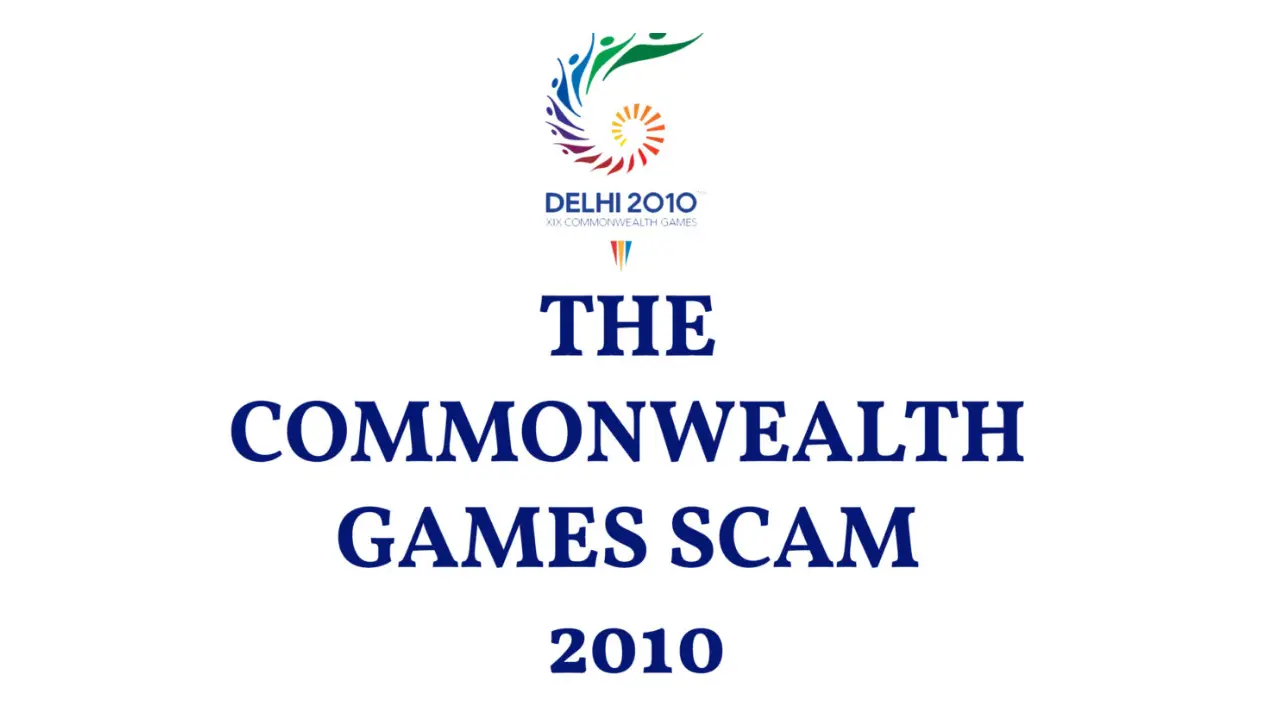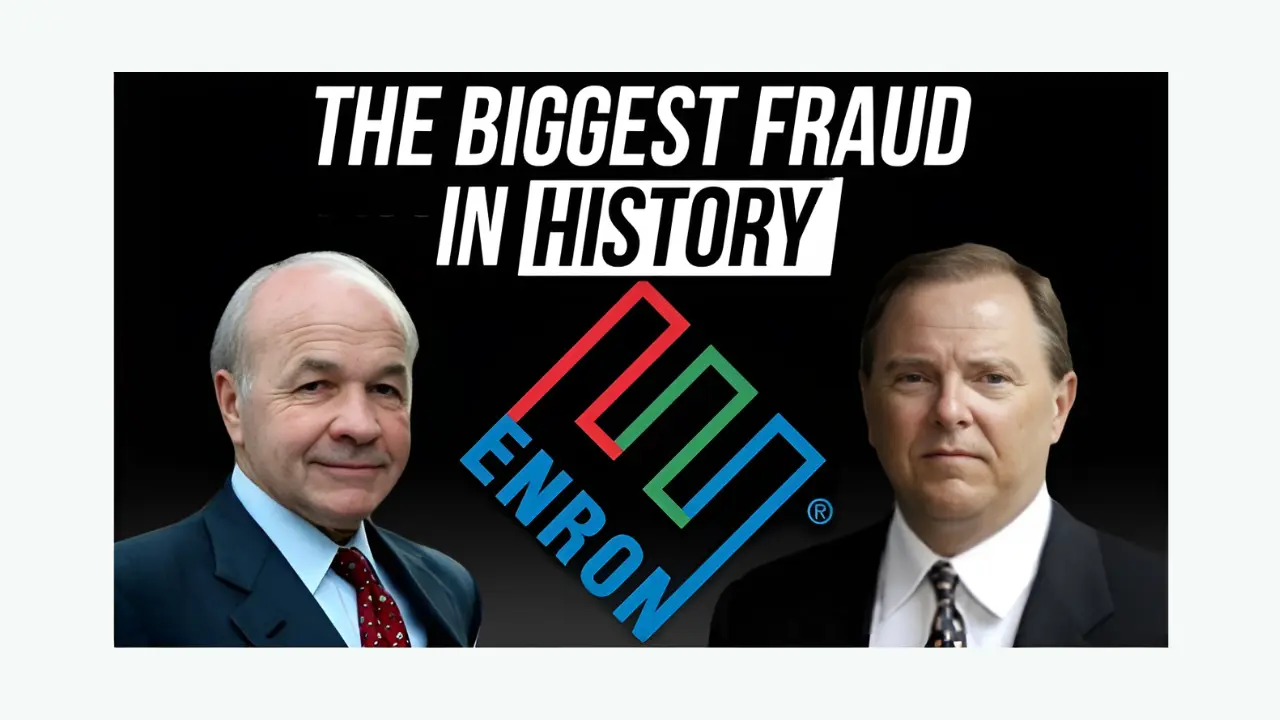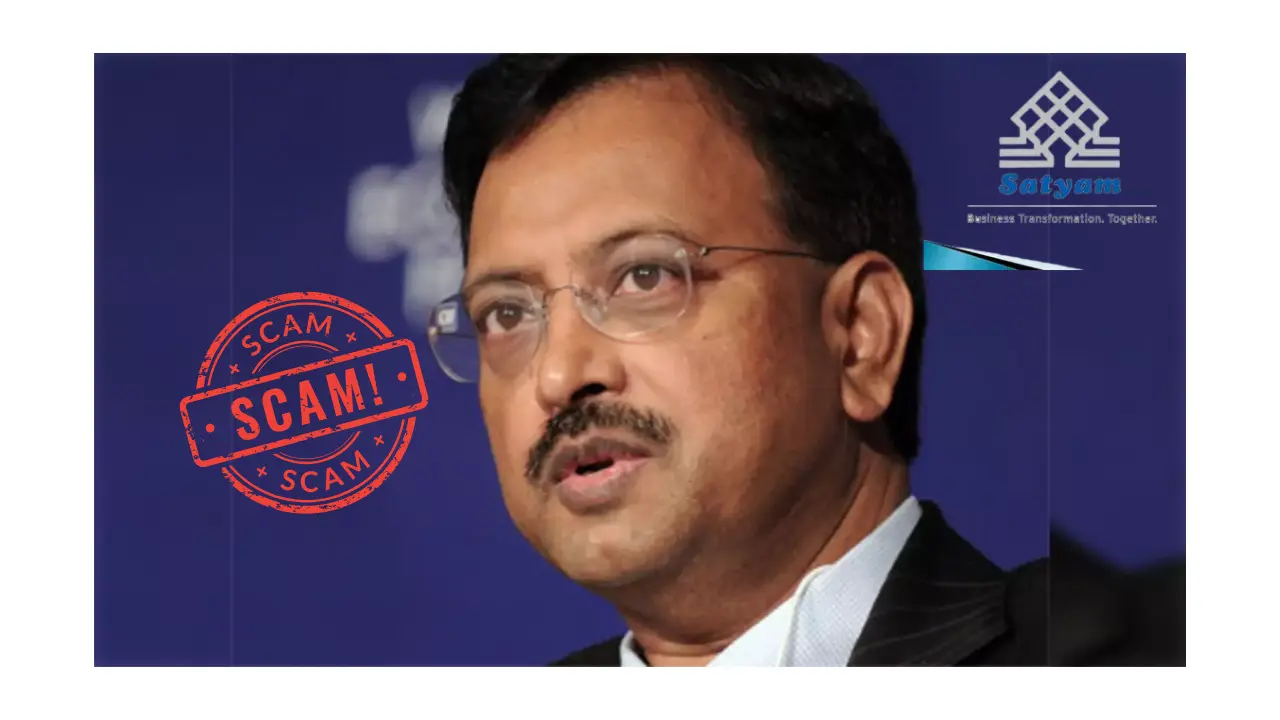A Political Storm Unleashed
The 2G spectrum scam, a monumental political controversy, shook India during the United Progressive Alliance (UPA) government’s second term. It exposed a labyrinth of corruption and mismanagement in the telecom sector, bringing prominent political figures and corporate executives under the scanner.
The Genesis of the Scam
In 2008, then-Telecom Minister A. Raja’s Department of Telecommunications (DoT) allotted 122 2G spectrum licenses to various telecom companies. The licenses were issued on a first-come, first-served basis at 2001 prices, allegedly causing a massive loss of ₹1.76 lakh crore (US$25 billion) to the government. Raja was accused of manipulating the application cut-off date to favor certain companies, including Unitech and Swan Telecom, and ignoring advice from the Finance and Law Ministries.
Key Players and Allegations
A. Raja The central figure in the scam, Raja, was accused of corruption and favoritism in the allocation process. Allegations included receiving a ₹30 billion bribe and using offshore accounts to launder money.
Kanimozhi Karunanidhi:The DMK MP was implicated for her role in the scam, with charges of conspiracy and facilitating the transfer of ₹2 billion to Kalaignar TV, a channel she co-owned.
Corporate Executives: Key executives from Unitech Wireless, Swan Telecom, and the Reliance Anil Dhirubhai Ambani Group faced charges of conspiracy, cheating, and forgery. Notable names included Sanjay Chandra, Vinod Goenka, and Shahid Balwa.
Legal Tangles and Judicial Drama
2011 – CBI Charges: The Central Bureau of Investigation (CBI) filed charges against Raja and others, citing irregularities in license allocations. The case alleged manipulation of the first-come, first-served policy to benefit specific companies.
2012 – Supreme Court Intervention: The Supreme Court cancelled all 122 licenses granted during Raja’s tenure, condemning the allocation method and advocating for transparent auctions. This landmark decision underscored the need for fairness in public resource allocation.
2017 – Special Court Acquittal: In a surprising turn, a special court acquitted Raja and all other accused, ruling the case as “baseless” and constructed on selectively arranged facts. The court criticized the prosecution’s approach, leading to widespread debate and skepticism.
2024 – Delhi High Court’s Re-examination: The saga took another twist when the Delhi High Court admitted the CBI’s appeal against the acquittal, noting contradictions in the trial court’s judgment. The court called for a deeper examination of the evidence, reigniting public interest in the case.
Economic Impact and Public Perception
The Comptroller and Auditor General (CAG) estimated a presumptive loss of ₹1.76 lakh crore, a figure that became a cornerstone of the controversy. Former RBI Governor D. Subbarao contested this estimate, suggesting the economic benefits of telecom expansion might offset the perceived losses. This debate highlighted the complex economic dimensions of the scam.
Background and Mechanics
India’s telecom landscape was divided into 22 zones with 281 licenses. The 2008 allocation saw 122 new licenses issued at outdated 2001 prices. The CBI alleged that laws were violated, and bribes facilitated the entry of ineligible companies. Despite warnings from then-Prime Minister Manmohan Singh and the Finance Ministry, Raja proceeded with the controversial allocation process.
Key Dates and Events
May 2007: A. Raja becomes Telecom Minister.
January 2008: Licenses issued, triggering the scam.
November 2010: CAG report estimates massive losses.
February 2011: Raja arrested by CBI.
February 2012: Supreme Court cancels licenses.
December 2017: Special court acquits all accused.
March 2024: Delhi High Court reopens the case.
The Role of Media and Public Discourse
The Radia tapes controversy added another layer to the scandal, with leaked conversations revealing the nexus between politicians, corporates, and journalists. This exposé fueled public outrage and intensified scrutiny on the involved parties.
The 2G spectrum scam remains a defining moment in India’s political and judicial history. It encapsulates the challenges of governance, transparency, and accountability, leaving a lasting impact on the country’s approach to public resource management. As the legal proceedings continue, the story of the 2G spectrum scam continues to unfold, shaping the discourse on corruption and economic policy in India.
